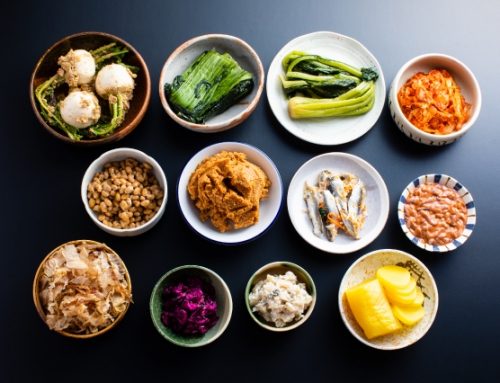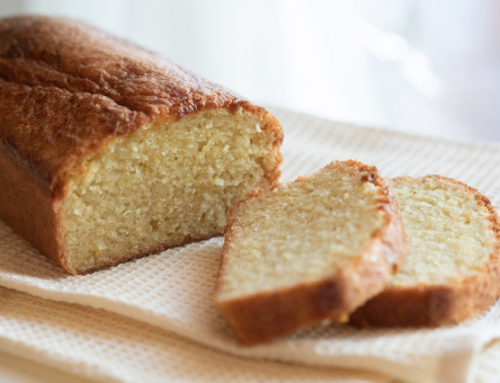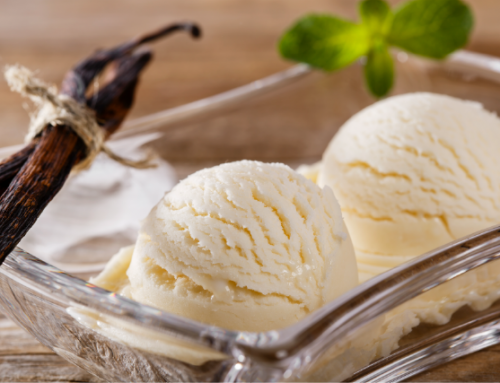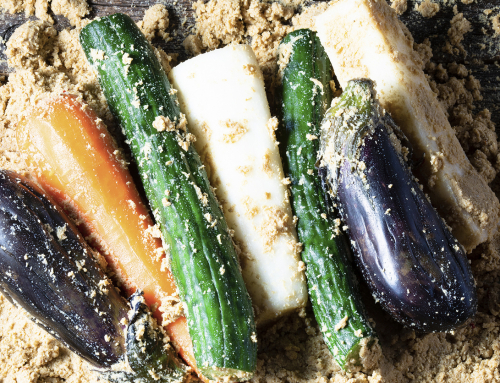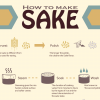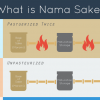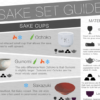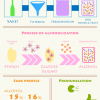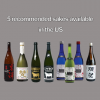Contents
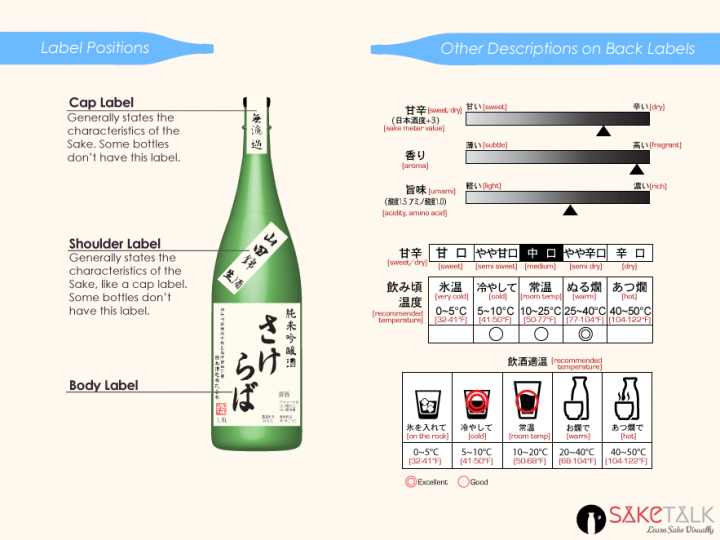
When choosing Japanese sake, you must first look at the “ label ”. But there is a lot of information on these labels, and we are sure that you must get confused at times regarding what information to actually refer to.
There are many types of Japanese sake, but there are mainly two categories of flavor. One is “fruity” which is similar to white wine, and the other is “dry” which allows you to enjoy the rice’s natural flavor. We will introduce how to tell apart these two categories by looking at the label.
Japanese sake concentration and acidity
Japanese sake concentration is the number written such as “+3” and “-2” often seen in izakayas. It is a guide to how dry the sake is. Sake feels more sweet if it has more sugar and more dry if it has less. For sake concentration, those with high sugar content are negative, and those with low sugar content are positive.
It is not possible to judge sweet and dry sake by sake concentration alone. The acidity is also important. It feels dry when there is a lot of acid, and sweet when there is low acidity. If you check out the Japanese sake concentration and acidity, you can figure out the general taste.
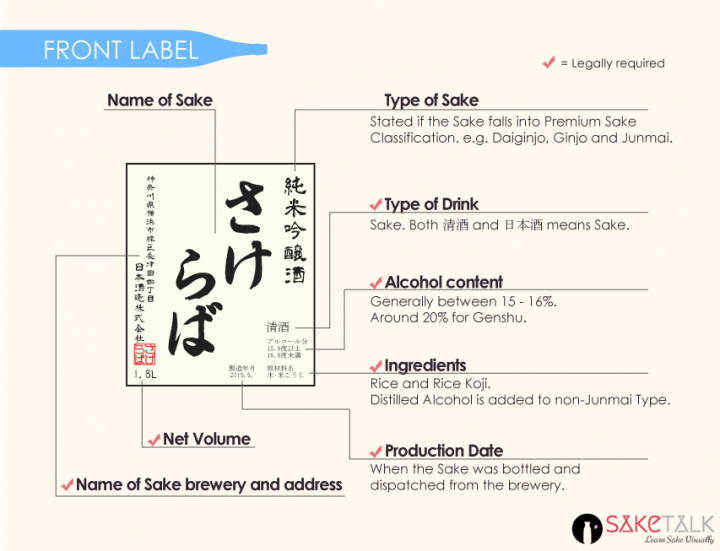
How to identify the freshness of sake
As time goes by, sake tastes more mellow. On the contrary, it has a fresh and youthful taste when just made. For sake that has passed more than half a year since the date written on the label, it may have changed to a taste that the storehouse did not expect. Therefore, let’s choose the brand within half a year for beginners.
Regarding “Junmai ginjyo” and “Junmai sake”
This means “Sake made using only rice”. Among them is the ratio of milled rice, which indicates how much milled rice is used in the manufacturing process. You can make a liquor that is not as harsh by lowering the ratio and also using as close to the center of the grains as possible, and the sake will have an aroma. The smaller the value of the grain ratio, the more fragrant the sake. This is a simple concept to remember. By the way, sake made from less than 60% rice is called ginjyo, and less than 50% is called daiginjyo.
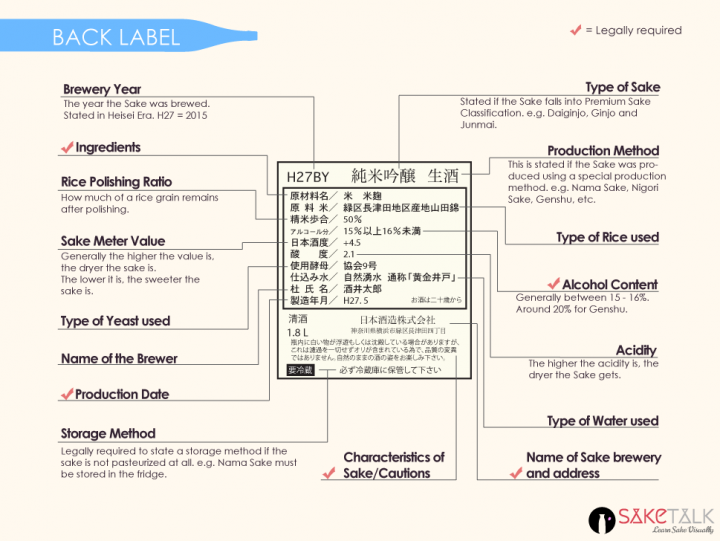
Ask a staff as a last resort
Delicate and difficult to control its quality, it is also important how much time has passed since the sake’s shipment. Therefore, it is also one option to ask the clerk to confirm the condition. This is because there are many brands that actually have an enhanced taste after more than half a year has passed. You could ask for their recommendation.
Conclusion
What did you think of our tips on looking at the label?
Use these methods as just general tips, as the best way to figure it out is to actually taste it yourself. Everybody has a different taste, and it can even change depending on what you eat together with it. Therefore it is difficult to make a 100% accurate decision.
But there is nothing that would make us happier than if you could read this article and find your special sake. Please continue to enjoy selecting sake.

